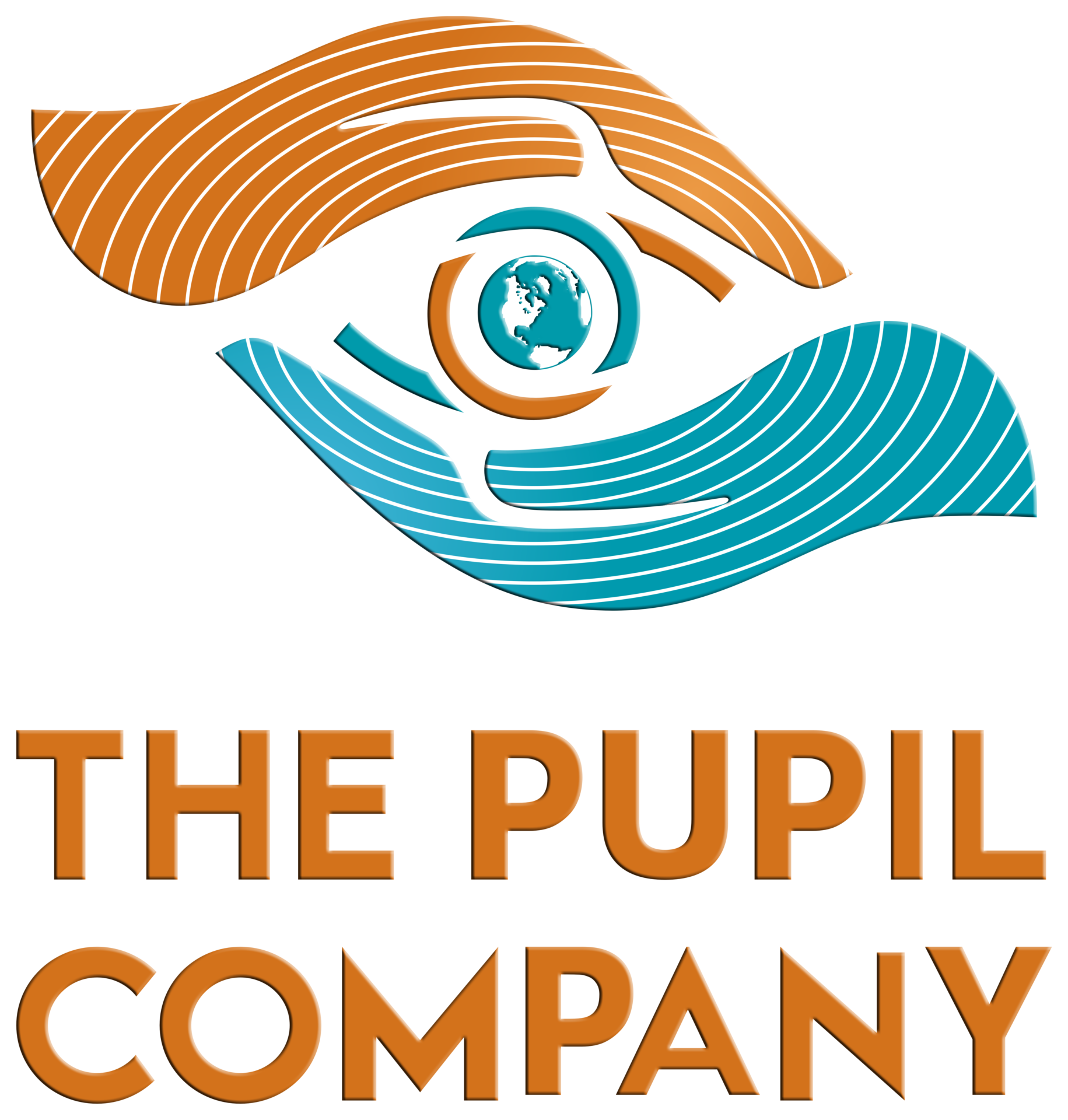In the bustling hub of education, where the exchange of knowledge and ideas is constant, one element stands out as a cornerstone of success: self-reflection. Creating space for introspection within the classroom environment is not just a luxury—it’s a necessity for fostering positive outcomes and empowering students to reach their full potential. Let’s explore why self-reflection is paramount in shaping a dynamic and effective learning environment.
At its essence, self-reflection is the process of examining one’s thoughts, feelings, and experiences in a deliberate and mindful manner. In the context of education, this practice holds immense value for both students and educators alike. It provides an opportunity to pause, evaluate, and learn from past experiences, paving the way for growth and improvement.
For students, self-reflection serves as a compass, guiding them on their journey of learning and personal development. By encouraging students to reflect on their academic performance, study habits, and interpersonal interactions, educators empower them to take ownership of their learning process. This sense of agency instills a deeper sense of responsibility and commitment to academic success, ultimately leading to positive outcomes both inside and outside the classroom.
Moreover, self-reflection fosters metacognitive skills—the ability to think about one’s own thinking—which are essential for academic achievement. By prompting students to reflect on how they approach problem-solving, analyze information, and monitor their progress, educators help them develop a deeper understanding of their cognitive processes. Armed with this awareness, students can become more strategic and effective learners, able to adapt their approach to different challenges and tasks.
In addition to enhancing academic performance, self-reflection plays a crucial role in social and emotional development. The classroom can be a complex social environment, where students navigate relationships, conflicts, and peer dynamics. By encouraging students to reflect on their emotions, reactions, and interpersonal interactions, educators promote self-awareness and empathy. This, in turn, fosters a more inclusive and supportive classroom culture, where students feel valued, understood, and respected.
Furthermore, self-reflection is not solely the purview of students—it is equally important for educators to engage in this practice. Just as students benefit from examining their learning experiences, educators can gain valuable insights by reflecting on their teaching methods, classroom dynamics, and interactions with students. This process of self-inquiry enables educators to identify strengths, areas for improvement, and opportunities for growth. By continuously refining their practice through self-reflection, educators can create more engaging, effective, and student-centered learning experiences.
Creating space for self-reflection within the classroom requires intentionality and support from educators. This can take many forms, from journaling exercises and guided prompts to structured discussions and peer feedback sessions. Regardless of the method employed, the key is to cultivate a culture of reflection where students feel safe, encouraged, and empowered to explore their thoughts and experiences openly.
The importance of creating space for self-reflection in affecting positive classroom outcomes cannot be overstated. By encouraging students to engage in introspection, educators foster academic achievement, metacognitive skills, and social-emotional development. Similarly, by embracing self-reflection as educators themselves, they can continuously improve their practice and create more enriching and impactful learning environments. In the reflective classroom, growth becomes not just a goal but a natural outcome—a journey of discovery and self-discovery that transforms both students and educators alike.
